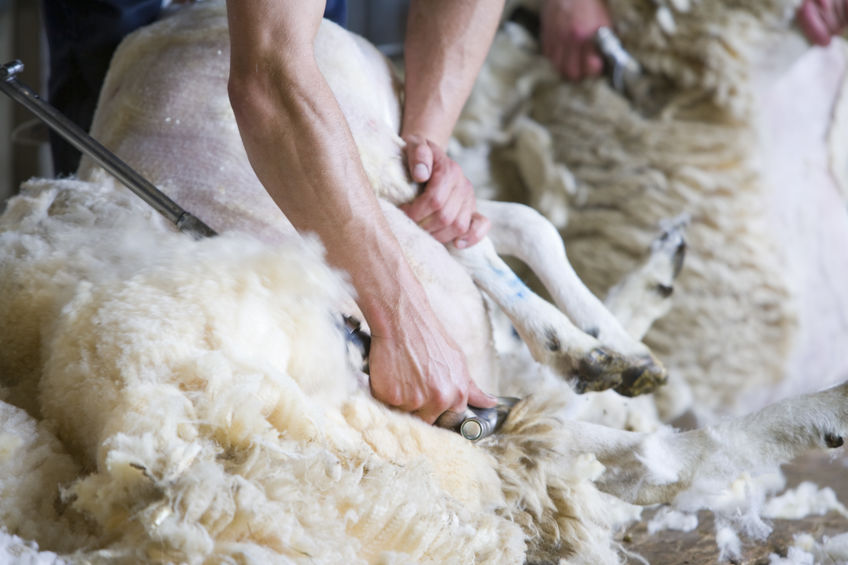
New guidance on sheep shearing has been launched to give tips to farmers and contractors on how to handle sheep appropriately during shearing.
Industry organisations, including the Farmers' Union of Wales (FUW) and National Sheep Association (NSA), have produced the joint guidance.
The guide explains responsibilities so that every step from the presentation of sheep on farm, through to livestock handling and the shearing process is 'well-planned, organised and calmly implemented'.
It includes a checklist that helps farmers and shearers to prepare in advance so that the entire operation goes as efficiently as possible.
The release of the guide follows animal rights campaigners releasing footage last year allegedly showing cruelty on 25 sheep farms during shearing.
Shearing is essential for reducing the likelihood of disease and parasitic infections which cause health and welfare problems for sheep.
“The government’s sheep welfare code states that you should remove the fleece from all mature sheep at least once a year”, explained Dafydd Jarrett of NFU Cymru.
“Many farmers are qualified shearers in their own right, whilst others choose to use professional contractors, but all seek to ensure the highest standards of welfare are constantly met.”
The National Association of Agricultural Contractors said that shearing is a job which takes 'significant skill'.
Jill Hewitt Technical Consultant at the NAAC said: “Shearers take their responsibility to protect animal welfare very seriously and it will be a positive step to remind everyone of the importance of working together.”
British Wool is the approved provider for shearing training in the UK, with over 800 candidates participating in courses throughout 2018.
